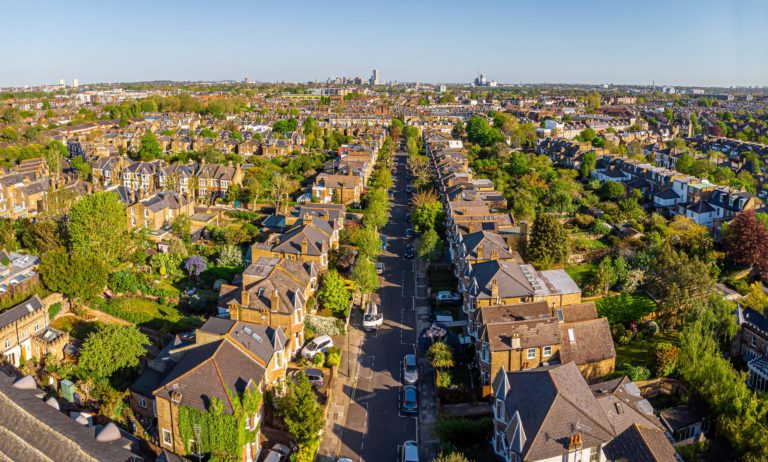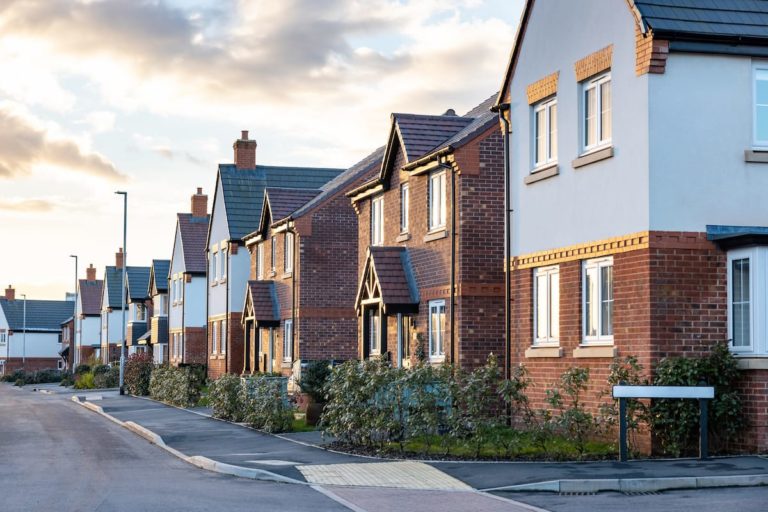Energy Price Cap Hike

The energy price cap rises from October 1st, UK homeowners are facing the harsh reality of increased energy bills – and it’s those living in the least energy-efficient homes who will feel the biggest pinch. According to new data from Rightmove1, households in properties with the lowest energy performance ratings (EPC F-G) could see their annual bills spike by £558 under the new price cap.
For homes with a more typical EPC rating of D, the increase will still be a significant £225 per year on average from the previous energy cap1. But it’s the least efficient homes, already struggling with higher energy costs, that will bear the brunt of these latest rises.
With the cost-of-living crisis already squeezing budgets, this rise in energy bills could leave many homeowners scrambling for ways to cut costs.
Energy Efficiency Becomes a Top Priority
Improving energy efficiency isn’t just about saving money on bills – it’s becoming a key selling point for buyers and renters. As Tim Bannister from Rightmove explains, “Energy efficiency is fast becoming a top consideration for buyers and renters who want to future-proof themselves against rising costs.”
With energy prices unlikely to drop anytime soon2, homeowners are now looking at ways to make their properties more efficient, from upgrading insulation to installing energy-efficient windows and boilers, and according to Rightmove’s survey, 70% of homeowners and 76% of renters said they would change how and when they use energy if it meant having cheaper bills1.
These measures could be a worthwhile investment, especially as energy bills continue to climb.
Time to Act
If your home has a lower energy rating, it might be time to consider making improvements. Even small upgrades can help reduce bills and make a property more attractive to buyers..
With October 1st just around the corner, now is the time to prepare. Whether you’re staying put or looking to move, energy efficiency is quickly becoming a must-have feature for anyone looking to avoid crippling energy bills.
Sources
- Rightmove (2024) Energy price cap increase could raise bills by £558 for least energy-efficient homes. Available at: https://www.rightmove.co.uk/press-centre/energy-price-cap-increase-could-raise-bills-by-558-for-least-energy-efficient-homes/ [Accessed 19th September 2024]
- Moneyweek (2024) Are UK energy prices going down in 2024?. Available at: https://moneyweek.com/personal-finance/605440/will-energy-prices-go-down [Accessed 19th September 2024]
- For more information go to Brighton Mortgage Broker – The Finance House
All the information in this article is correct as of the publish date 26th September 2024. The opinions expressed in this publication are those of the authors. The information provided in this article, including text, graphics and images does not, and is not intended to, substitute advice; instead, all information, content, and materials available in this article are for general informational purposes only. Information in this article may not constitute the most up-to-date legal or other information.
Please be aware that by clicking on to any of the above links you are leaving our website. Please note that neither we nor HL Partnership Limited are responsible for the accuracy of the information contained within the linked site(s) accessible from this page.





